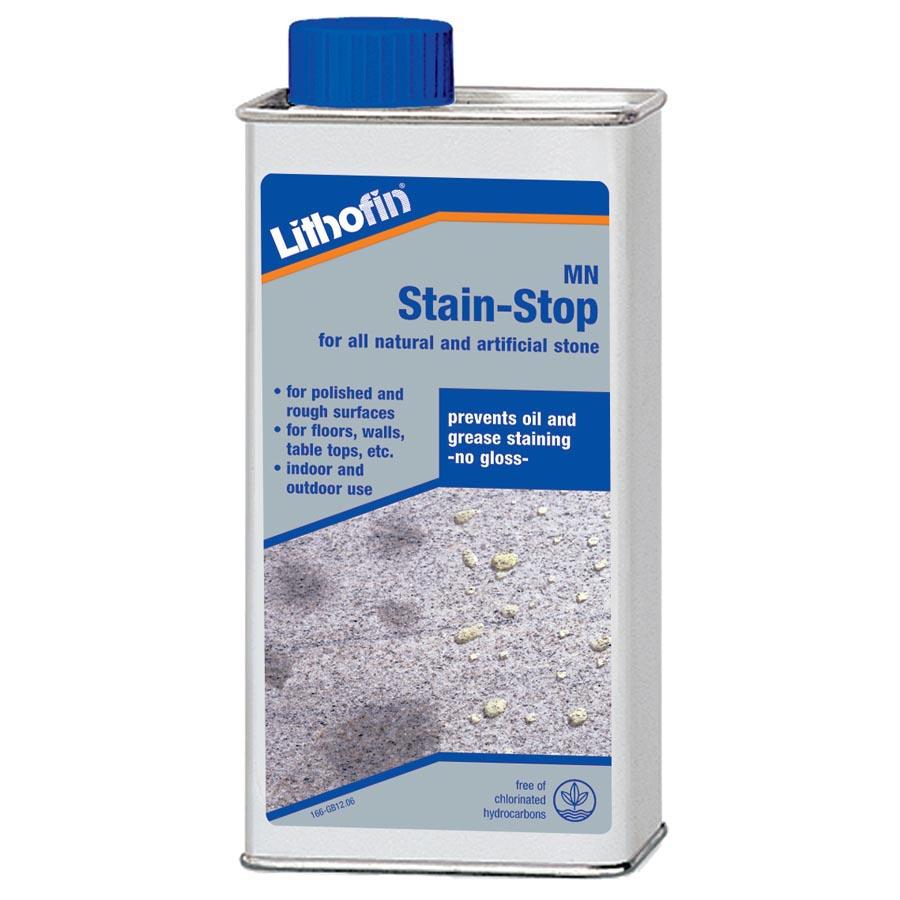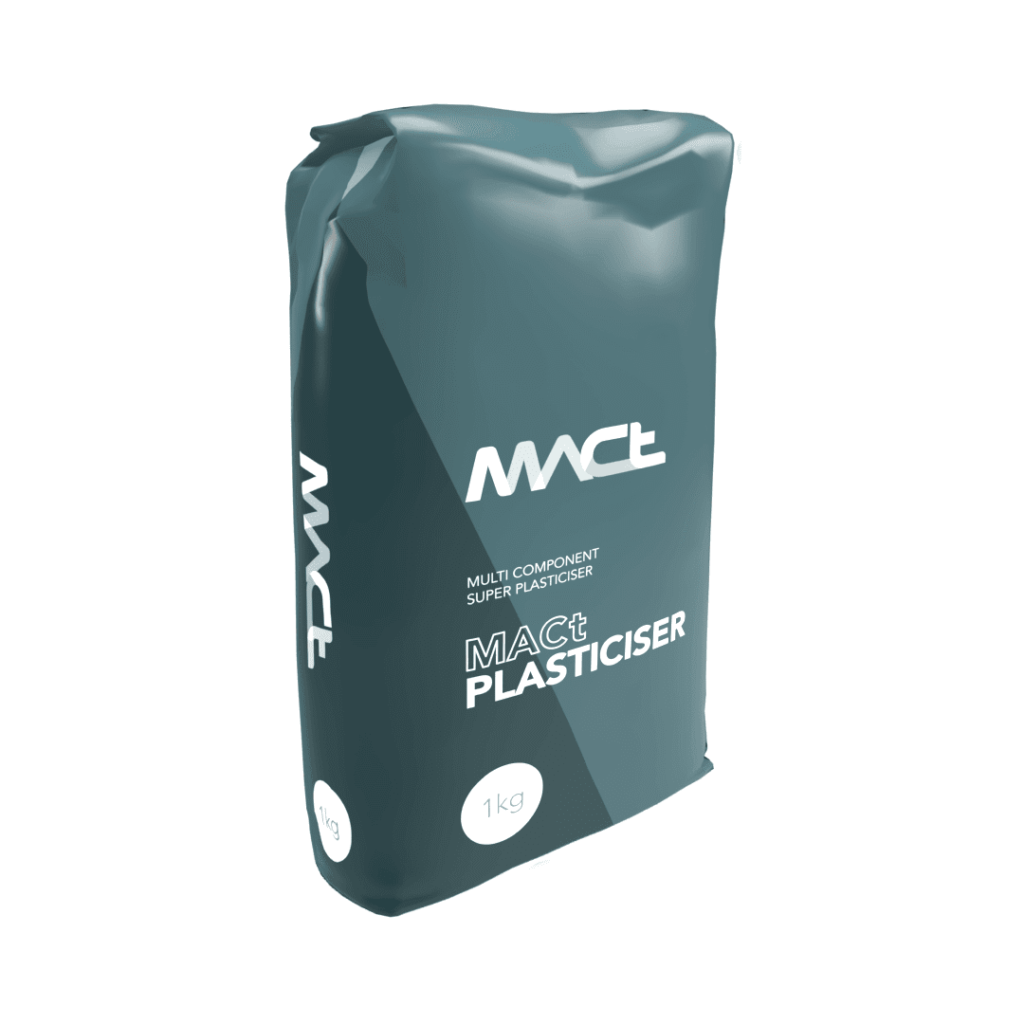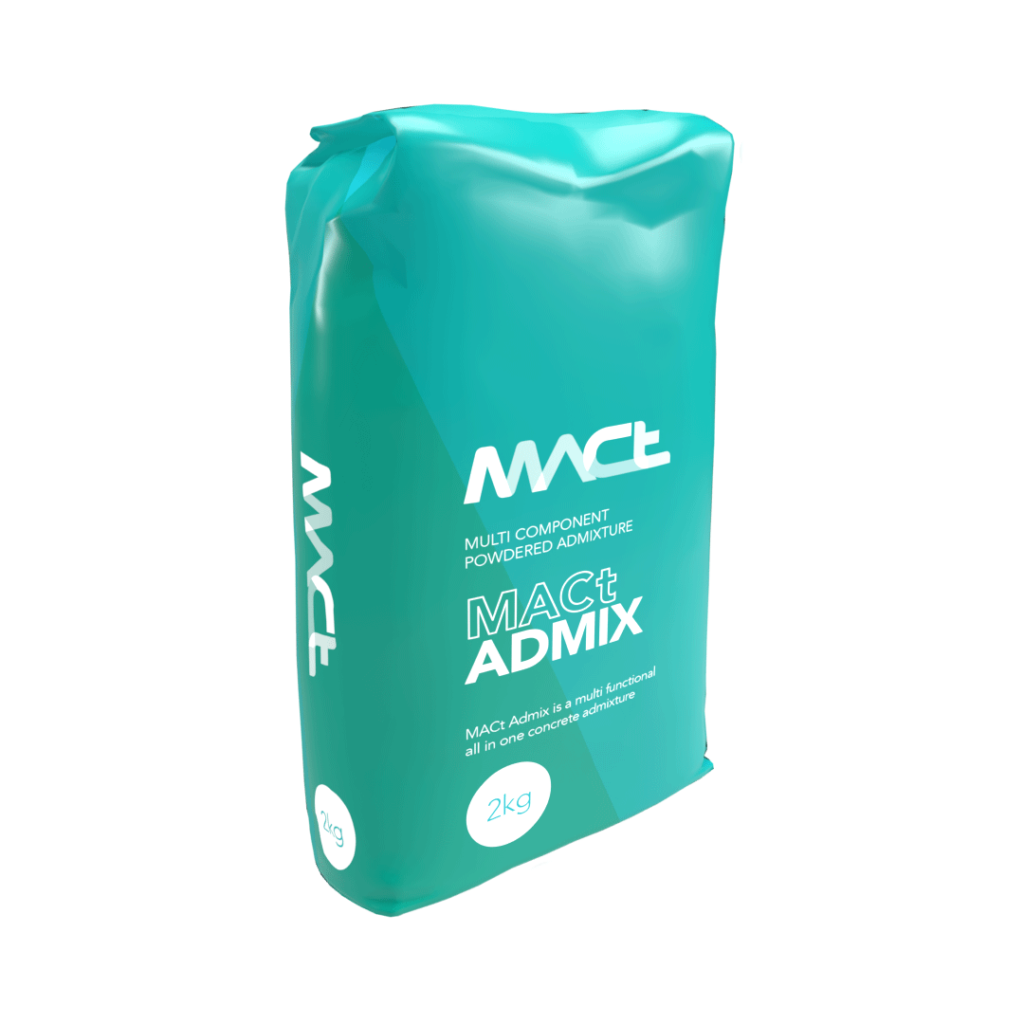Description
MACt Seal (1L)
MACt Seal is a revolutionary two-component urethane acrylic hybrid twin system cross-linking resin system that was developed to overcome the hard job of sealing GFRC. Sealing GFRC has always been a hassle for every artisan, but with MACt Seal, seeing roller lines and sealer overlap lines are a thing of the past.
This innovative sealer is designed to be user-friendly and easy to apply with a foam roller. The special non-foaming formulation allows for a fuss-free application with minimal roller lines. MACt Seal is also very user-tolerant, which means that even if you have little to no experience in sealing GFRC, you can still achieve a professional-looking finish with ease.
The base to activator ratio for MACt Seal is 16:1 by volume. To mix the sealer, weigh or measure out the correct activator amount for the base amount desired. Add the activator and stir until fully dispersed, approximately 3 minutes. From the moment of adding the activator, you have approximately 2 hours of work time to use up all the product mixed.
When applying MACt Seal, it is recommended to apply multiple coats and allow time between each coat for the film to dry. The high scratch resistance coating, once cured, is resistant to a wide range of contaminants. The cure mechanism of the sealer can be affected by high humidity conditions, which will slow down the drying process.
With MACt Seal, multiple heavy coats will produce a high gloss finish and take longer for the cure mechanism to finally cross-link the system. Alternatively, a few thin coats will cure faster but produce a matte finish.
If you want to achieve the ultimate finish for your GFRC project, MACt Seal Final Coat is the perfect option for you. This final coating bonds a silicon repellent layer to your sealed product, creating a non-yellowing and colorless film. MACt Seal Final Coat can only be applied as a final layer, and attempting to apply any sealer to this final coating will result in the rejection of the application. It is important to note that MACt Seal Final Coat should be mixed with the normal activator at the same ratio but only mixed sufficient to coat the job once.
When curing MACt Seal, allow 24 hours for the first cross-link reaction to take place and 7 days for final hardness to be achieved. If you have a GFRC project that needs sealing, MACt Seal is the perfect solution for you. With its easy application process, high scratch resistance, and non-yellowing and colorless finish, you can achieve a professional-looking finish for your project with ease.
Sealing is an essential process in protecting and enhancing the appearance of many surfaces, including concrete, brick, stone, and even wood. It involves applying a thin layer of a sealant to the surface, which then creates a barrier that prevents moisture, stains, and other contaminants from penetrating the material. While sealing is a relatively straightforward process, there are still several problems that can occur when using sealers. In this blog, we will discuss some of the common issues that you can encounter when using sealers and how to overcome them.
-
Uneven application
One of the most common problems that occur when sealing surfaces is uneven application. This can result in a blotchy or streaky appearance, which can be unsightly and difficult to fix. Uneven application can occur for several reasons, including using the wrong type of applicator, not applying enough sealant, or applying too much sealant. The best way to avoid this issue is to use the correct type of applicator for your specific sealer and to follow the manufacturer’s recommended application rate.
-
Trapped moisture
Another common problem that can occur when sealing surfaces is trapped moisture. This can happen when the surface is not completely dry before applying the sealer or when the sealer is applied in high humidity or wet conditions. Trapped moisture can cause the sealer to cloud or turn milky, which can be difficult to remove. To avoid this problem, always ensure that the surface is completely dry before applying the sealer and avoid applying the sealer in wet or humid conditions.
-
Peeling or flaking
Peeling and flaking of sealers can occur for several reasons, including improper surface preparation, poor application technique, and inadequate curing time. If the surface is not properly cleaned and prepared before the sealer is applied, the sealer may not adhere properly to the surface, resulting in peeling and flaking. Additionally, if the sealer is applied too thickly or too thinly, it may not cure properly, leading to peeling and flaking.
To fix peeling and flaking, the first step is to remove the existing sealer from the surface using a stripping solution or mechanical means such as sanding or grinding. Once the sealer has been removed, the surface must be properly cleaned and prepared to ensure that the new sealer will adhere properly. This may involve using a cleaning solution or pressure washing to remove any dirt, oil, or other contaminants from the surface.
After the surface has been properly cleaned and prepared, a new sealer can be applied. It is important to follow the manufacturer’s instructions for application, including the recommended thickness of the sealer and the number of coats to apply. Additionally, it is important to allow the sealer to cure properly before exposing it to traffic or other stresses.
-
Roller lines and overlap marks
Finally, roller lines and overlap marks can be a problem when sealing large surfaces. This can be especially problematic when using a roller to apply the sealer, as the roller can leave visible lines and marks on the surface. To avoid this issue, consider using a sprayer to apply the sealer, as this can provide a more even and consistent application. If using a roller, be sure to work quickly and evenly to avoid leaving roller lines and overlap marks.
Sealing is an essential process in protecting and enhancing the appearance of many surfaces. However, there are several problems that can occur when using sealers, including uneven application, trapped moisture, peeling or flaking, and roller lines and overlap marks. To avoid these issues, always follow the manufacturer’s recommended application rate, ensure that the surface is completely dry before applying the sealer, and consider using a sprayer for large surfaces. By following these tips, you can achieve a beautiful and long-lasting finish on your sealed surfaces.
Additional Information
Additional information
| Weight | 1.3 kg |
|---|---|
| Dimensions | 13.5 × 7 × 18 cm |
| Capacity: No selection | 1L, 5L, 20L |





